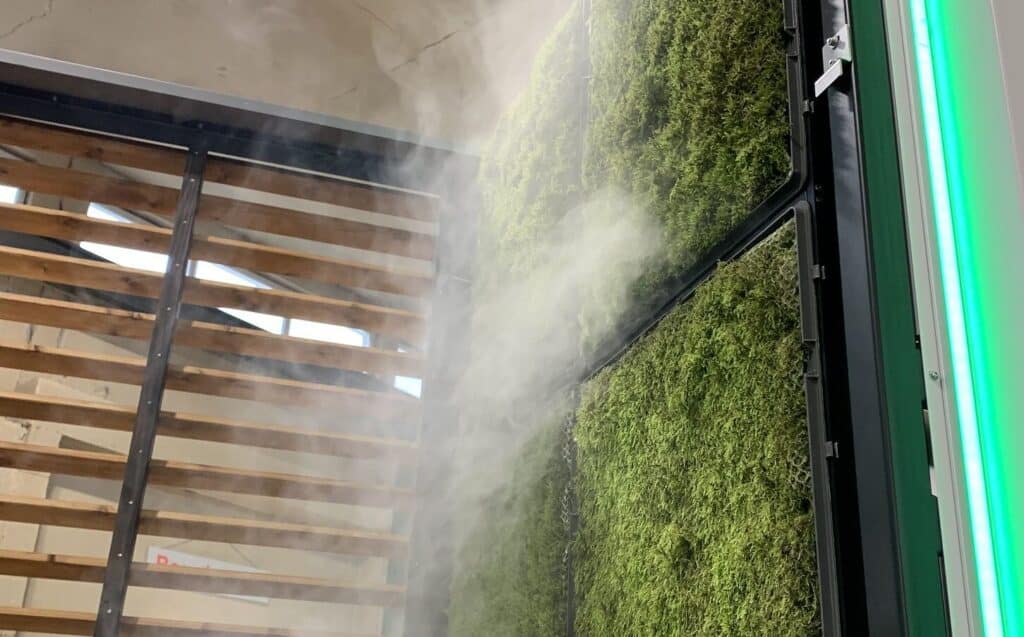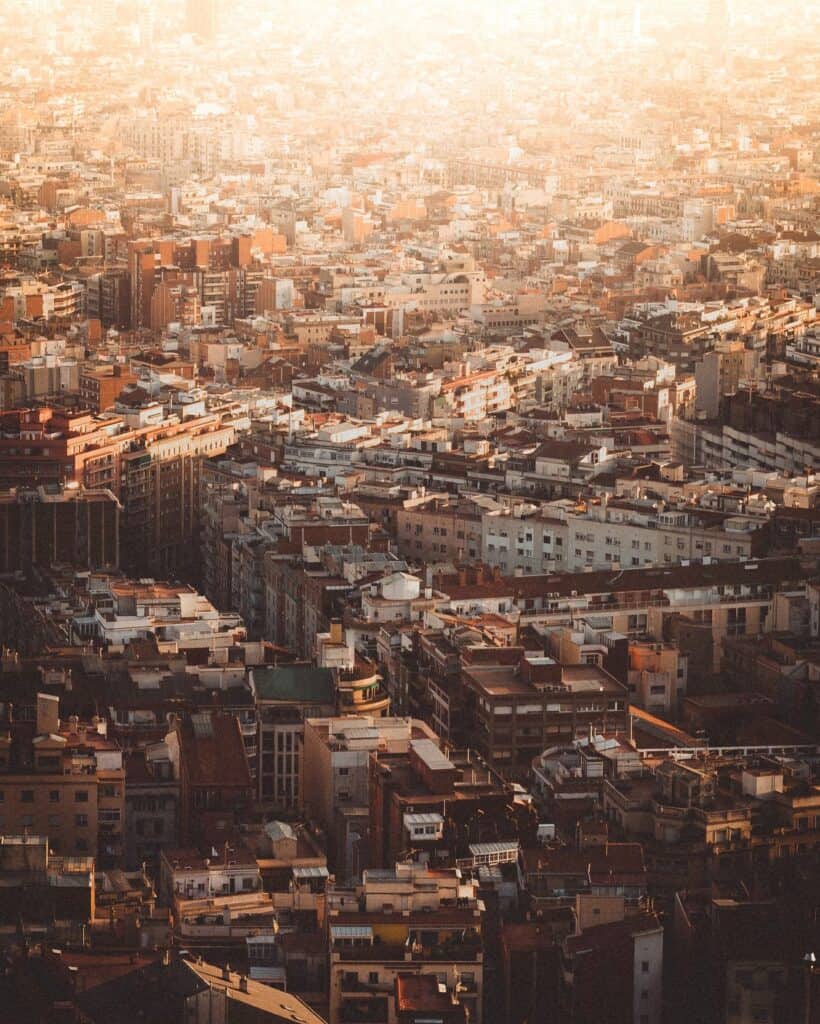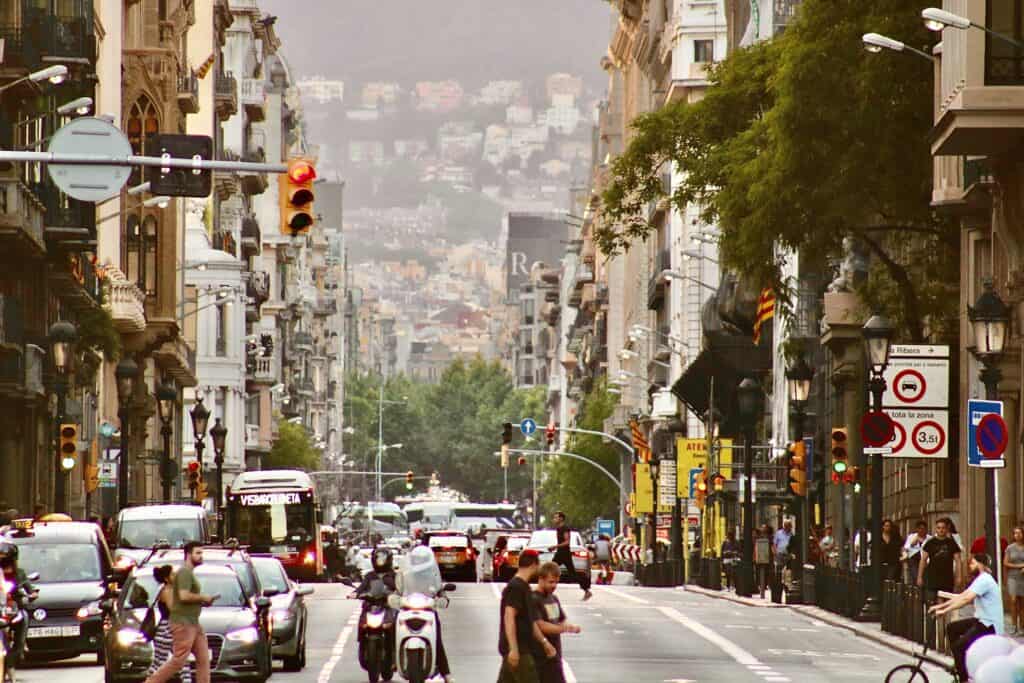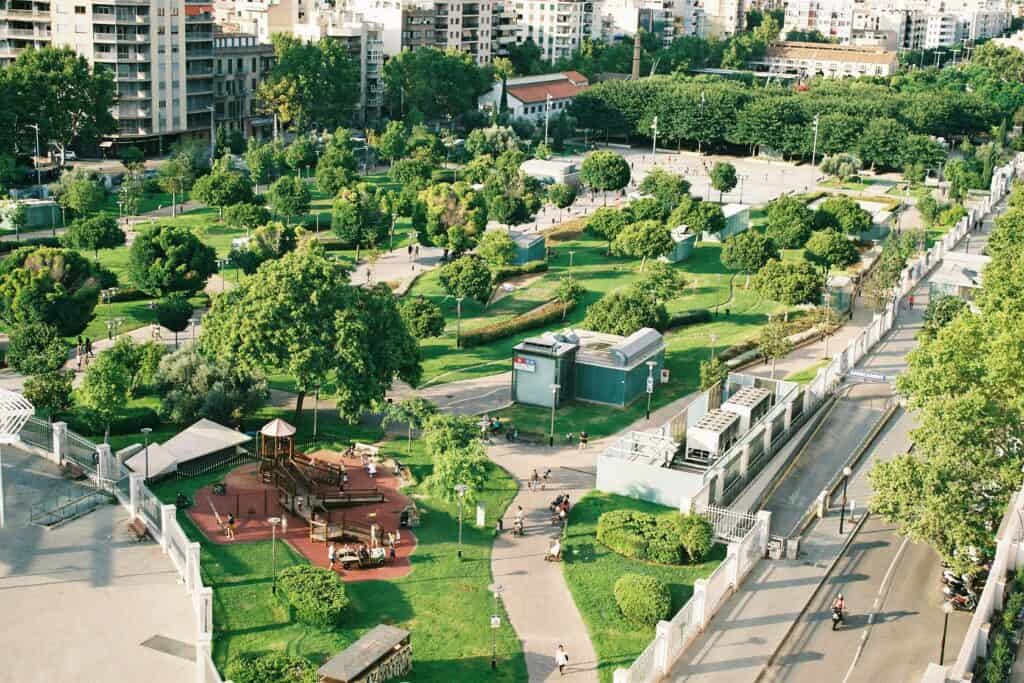“Summer is not what it used to be.”
“Summer is not what it used to be.”
Why, you might ask?
“As global temperatures rise, heat waves are becoming more common, severe, and long-lasting” – “with less overnight relief” and thus, “extreme heat waves are a defining part of summers across the globe now”. That’s not all. As Morgan McFall-Johnsen, Marianne Guenot and Maiya Focht reported for INSIDER, they are fuelled by “droughts and wildfires across the globe” due to the climate crisis: “Climate change made that heatwave 30% more likely, according to a study by World Weather Attribution” (source).
Already in 2022, INSIDER warned that “Heat waves are dominating summer, killing thousands, and fueling wildfires” and demanded that the “world needs to prepare for more”! (source)
Now, EURONEWS titled “Europeans seek shade as heatwave grips much of the continent” (source). During hot summers, thousands of people die from heat in Germany, estimated by the Robert Koch Institute. Thus, ZEIT reported that this is also since the country is not well-prepared for high temperatures (source).
Tuesday, July 4th, was “world’s hottest day on record” (The Guardian) or in other words it “was the hottest day on earth since record – never in the last 100’000 years have the temperatures been warmer” (Fridays For Future International). And this “record, however, is likely to be broken again later this year, as summer in the Northern hemisphere has not yet peaked.” (source)
This topic seems even more important on today’s “World Population Day” as the UN Environment Programme wrote last year that “However, with rapid population growth and urbanization, problems such as pollution and waste are exacerbating” (source). The United Nations noted: “2007 was the first year in which more people lived in urban areas than in rural areas, and by 2050 about 66 per cent of the world population will be living in cities” (source).
The “lack of heat protection” already costs Germany billions of euros every year, said Martin Herrmann, chairman of the German Alliance Climate Change and Health (Deutsche Allianz Klimawandel und Gesundheit). Sun and intense heat can be dangerous to humans. Not only in the long term due to skin damage, but also immediately with the risk of heatstroke. However, what is often underestimated is the strain on the body when it absorbs more heat than it can dissipate. The threshold at which this becomes dangerous is individual and depends on factors such as age, health, activity level and acclimatization.
But: As e.g. Waseem Mohamed from THE GUARDIAN wrote, “Urban greening can reduce impact of global heating in cities”!
Green spaces “can help mitigate the impacts of urban heating due to the climate crisis and urban expansion”, according to Scientists at Nanjing and Yale Universities. The authors of “Surface warming in global cities is substantially more rapid than in rural background areas“ analysed “satellite data from across 2,000 cities and compared surface temperature readings between cities and rural areas from 2002 to 2021”. The study was published in the journal Communications Earth & Environment. The scientists “have urged policymakers to consider using urban greening schemes to reduce urban warming, calling it an effective strategy that can reduce the impact of the ‘urban heat island’ phenomenon, hence reducing the risk of exposure to future heatwaves that are much more likely to impact cities” (source).
Maria-Cristina Florian provided a list for ArchDaily of “How are Cities Adapting to Heatwaves in the Face of Climate Change”.
One answer: “Expanding the Green Infrastructure”!
Because “Urban green spaces are perhaps the most efficient and intuitive way to reduce urban heat island effects and provide comfort for nearby occupants” (source). Moreover, they also helpful in the way of “Replacing Air Conditioning with Passive Cooling Systems” as this topic “involves preventing heat gain through shading and insulation and dissipating the heat already accumulated through ventilation, evaporative cooling”. Other solutions are “Using Reflective Surfaces for Pavements and Roofs“ as well as “Preparing Climate Shelters for Residents” (source).

“Expanding the Green Infrastructure” & “Replacing Air Conditioning with Passive Cooling Systems”
We do also have an answer – and our solution comes from nature: moss.
Two special features in particular make mosses an important ally in the fight against global warming: air cooling and purification. In addition, mosses are little sponges. Since they draw water only from the air, they do well to absorb and store a lot of moisture. Mosses can store and evaporate up to 20 times their own weight in water. Via evaporation, a considerable cooling of the air is generated. Anyone who has taken a break in a mossy forest clearing in summer knows this refreshing effect.
In combination with our active aeration, the ambient temperature can be reduced by up to 4 degrees, which corresponds to a cooling capacity of up to 6.500 watts. This ability is ideal for combating urban heat islands, which are becoming an ever greater threat to people and nature as a result of advancing climate change.







